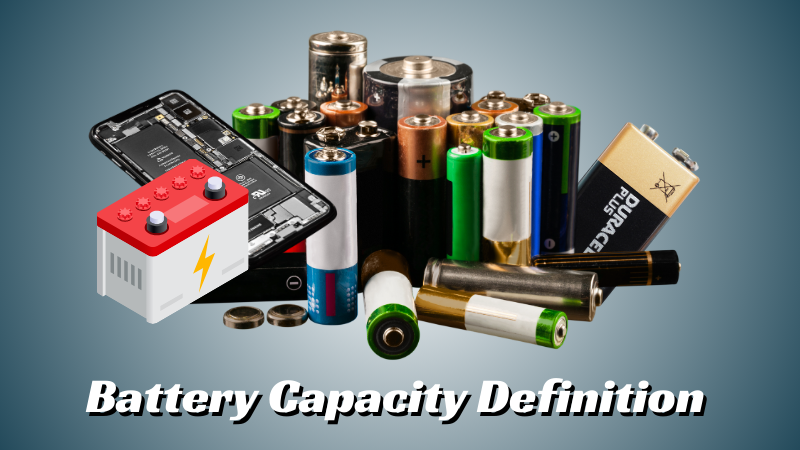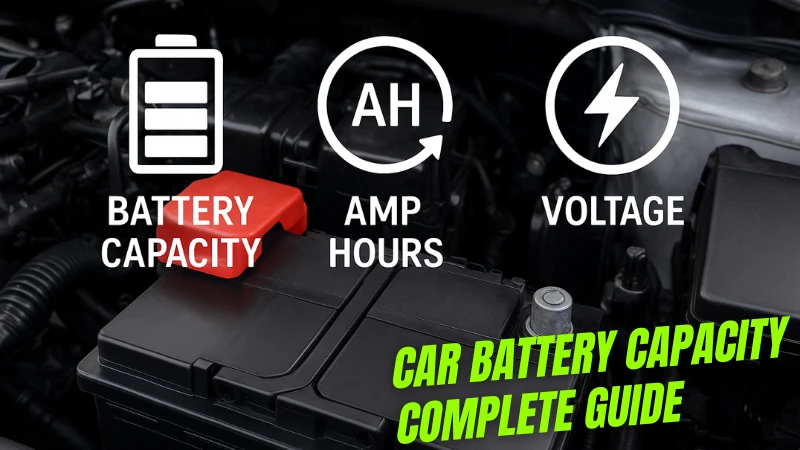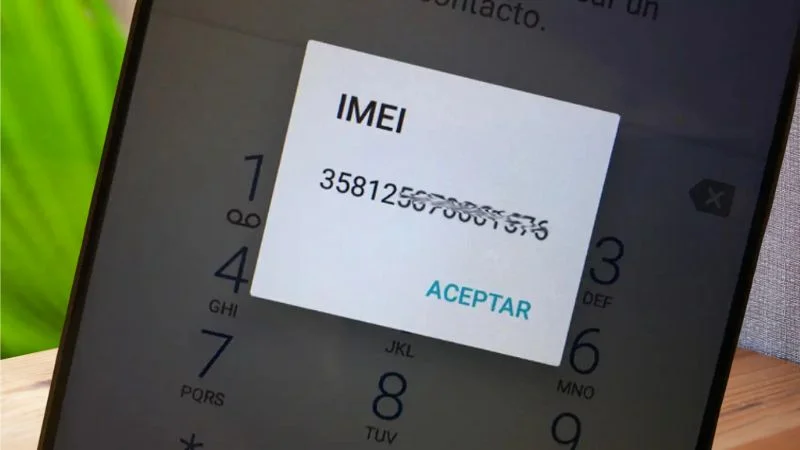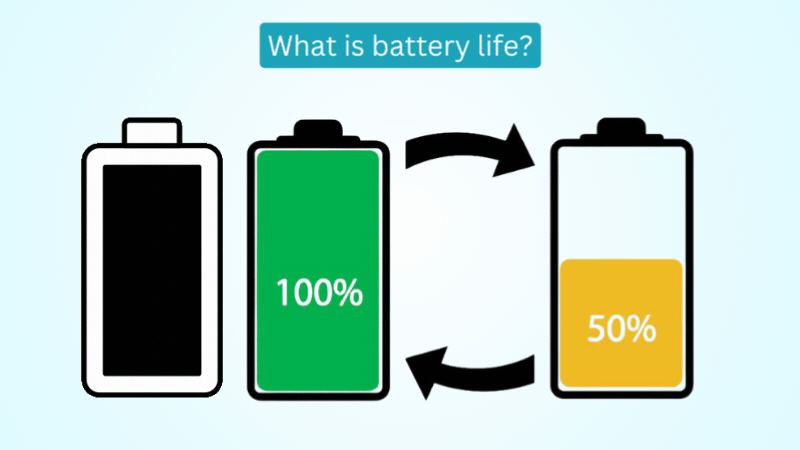Battery Capacity Definition

Battery Capacity Definition
Battery capacity is the technological capacity of a battery to deliver messages, data, or electrical power through technological devices. Battery capacity is measured as the amount of total electrical energy, usually expressed in watt-hours. For example, if the battery capacity of a mobile phone is 3,000 mAh, it means that the battery will be able to supply 3,000 mAh when fully charged.
Click to Buy Best Smart WatchWhat is the battery capacity definition?
Battery capacity (AH) is defined as a product of the current from the battery when the battery is able to supply the load until its voltage falls below a certain value for each cell. Battery capacity can be drained from the battery. It is expressed in kilowatt-hours, or kWh. Batteries are an essential part of our daily lives, powering everything from our smartphones to our cars. However, not all batteries are created equal, and understanding battery capacity is important to determine which battery is best for your needs. In this article, we'll discuss the basics of battery capacity, including what it is, how it's measured, and the factors that affect it. With this knowledge, you'll be able to make informed decisions when purchasing batteries and extend the life of your device. Let's get started.
Complicating matters somewhat is that some EV manufacturers list net (or "usable") capacity, others list gross (or "gross") capacity, and others still give both numbers. Gross capacity is the total installed capacity, while net capacity is the amount that the vehicle can actually use. We list any and all numbers that manufacturers provide, but unfortunately, we may not have all numbers for all batteries unless the companies decide to make them public.
Click to Buy Bluetooth EarbudsBattery Capacity Basics
Battery capacity is a measure of the total energy stored in the battery. As we know, a battery is defined as an array of electrochemical cells that act as a power source when no power source is available. Batteries are used everywhere in all kinds of devices, from small electronic gadgets to large-scale power grids. Basically, this battery is used in all types of devices, such as phones, watches, vehicles, and electronics.
In this article, we have explained one important topic related to battery technology, namely, battery capacity. We will learn about battery capacity as well as how to use it to calculate the battery capacity of various systems. Apart from that, we will also learn how to derive this formula. So, let's start learning about the very important concept of "battery capacity."
Unit of Battery Capacity
Battery capacity is typically measured in ampere-hours (Ah) or milliampere-hours (mAh). It represents the amount of electric charge a battery can deliver at its rated voltage. For example, a battery with a capacity of 1000mAh can deliver a current of 1000 milliamperes (or 1 ampere) for one hour before becoming fully discharged. The unit commonly used to measure battery capacity is the milliampere-hour (mAh). Other than these two units, higher-capacity batteries are measured in watt-hours or kilowatt-hours.
Ampere-hours (Ah):
Ampere-hours of battery capacity refers to how much electricity a battery can supply for 1 hour. For example, a battery with a capacity of 2 Ah can provide a 2-ampere current for 1 hour before it needs charging again.
Battery Capacity Formula
The formula to calculate the capacity of a battery depends on the type of battery and what capacity you're referring to. Here are a couple of common formulas:
Ampere-Hour (Ah) Capacity:
This is often used for batteries like lead-acid, lithium-ion, etc. The formula is straightforward:
Capacity (Ah) = Current (in amperes) × Time (in hours) Capacity (Ah)=Current (in Amperes)×Time (in hours)
So, if a battery delivers 2 amperes for 5 hours, the capacity would be
2 × 5 = 10
Ah
2×5=10Ah.
Watt-Hour (Wh) Capacity: This is another common measure, especially for batteries used in electronics.
Capacity (Wh) =
Voltage (in volts) × Capacity (in Ah)
Capacity (Wh)=Voltage (in Volts)×Capacity (in Ah)
For example, if a battery has a voltage of 12 volts and a capacity of 10 Ah, its capacity would be
12 × 10 = 120
Wh
12×10=120Wh.
These formulas provide the basic principles for calculating battery capacity. However, there are other factors to consider for more precise calculations, such as Peukert's law for lead-acid batteries, self-discharge rates, efficiency losses, etc., depending on the specific characteristics of the battery in question.
Derivation of Battery Capacity Formula
The capacity of a battery is a crucial parameter, defining how much charge it can store and, thus, how long it can power a device. The formula for battery capacity can be derived from the basic definition of electric charge and the relationship between charge, current, and time.
Let's start with some fundamental concepts:
Electric Charge (Question): It experiences a force when placed in an electromagnetic field. It is measured in coulombs (C).
Current (I): the flow of electric charge per unit time. It is measured in amperes (A).
Time (t): The duration for which the current flows, measured in seconds (s).
The formula for electric charge is:
𝑄=𝐼×𝑡Q=I×t
This equation tells us that the total charge QQ that passes through a point in a circuit is equal to the product of the currentII flowing through the circuit and the timt𝑡t for which the current flows.
Now, let's consider a battery. The capacity of a battery is often measured in ampere-hours (Ah), which represents the amount of charge the battery can deliver over time. So, if a battery has a capacity of 1 ampere-hour (1 Ah), it means it can supply a current of 1 ampere for 1 hour.
If we rearrange the formula for charge 𝑄Q, we get:
𝐼=𝑄𝑡I=tQ
Now, let's say a battery has a capacity of 𝐶C ampere-hours. This means it can deliver a current of1 ampere for 1 hour. Therefore, if we let 𝑡=1t=1 hour, then 𝐼=𝐶I=C amperes.
Now, we substitute this value of 𝐼I into the formula 𝑄=𝐼×𝑡Q=I×t:
𝑄=𝐶×1Q=C×1
𝑄=𝐶Q=C
So, the total charge QQ that a battery with a capacity ofCC ampere-hours can deliver is simplC𝐶C coulombs.
Thus, the formula for battery capacity (in ampere-hours) is essentially:
Capacity=Current×TimeCapacity=Current×Time
or
Capacity (in Ah) = Current (in A)×Time (in hours)Capacity (in Ah) = Current (in A)×Time (in hours)
This formula is widely used to describe the capacity of batteries in terms of the current they can deliver over a specified period.
Why do batteries differ in capacity?
With scientific advancement, batteries are used to power most electronic devices. Batteries have different ratings for how much power they can hold. The following factors affect battery capacity:
Plate Count and Size in Battery Cells
Electrolyte Density in Batteries
Calculating battery capacity
Battery Capacity vs. Battery Life
Factors Affecting Battery Capacity
Battery capacity, the amount of energy a battery can store, is influenced by various factors. Here are some key ones:
Battery Chemistry:
Different types of batteries have different capacities due to their inherent chemical compositions. For instance, lithium-ion batteries typically have higher energy densities compared to lead-acid batteries.
Temperature:
Battery capacity decreases at low temperatures and increases at high temperatures. Extreme temperatures can degrade battery performance and lifespan.
Age and Usage:
As batteries are used and recharged, their capacity gradually decreases over time. This is known as battery degradation. The number of charge-discharge cycles a battery can undergo before capacity significantly diminishes varies between battery chemistries.
Charge Rate:
Charging a battery too quickly can reduce its capacity and lifespan. Slower charging rates are generally better for battery health.
Depth of Discharge (DoD):
Fully discharging a battery regularly can reduce its lifespan and capacity. For many battery chemicals, shallower discharge cycles lead to better longevity and higher effective capacity.
Overcharging and over discharging: Both overcharging and over discharging can damage a battery and reduce its capacity over time.
State of Charge (SoC):
Keeping a battery in high or low states of charge for extended periods can lead to capacity loss. It's generally recommended to store batteries in moderate states of charge.
Environmental Conditions:
Factors such as humidity, vibration, and exposure to contaminants can affect battery performance and capacity.
Cell Balancing:
In multi-cell batteries (such as lithium-ion packs), imbalances in individual cell capacities can occur over time, affecting the overall capacity of the battery pack.
Manufacturing Variability:
There can be slight variations in battery capacity due to manufacturing processes and quality control standards.
Understanding these factors can help optimize battery usage and prolong its lifespan.
What is the capacity of the batteries (TWh, GWh, MWh, and kWh)?
Q-hours, megawatt-hours, and gigawatt-hours of lithium-ion batteries—imagine how big these numbers are:
A pure electric vehicle is usually around 100 kWh.
One container is about 1 MWh, which is 10 electric car battery packs.
A battery factory is usually built with an annual production capacity of 5–30 GWh, i.e., a daily output of 5–30 sea freight vehicles (50,000–300,000 vehicles) and 14–82 containers (140–820 vehicle volumes).
1 KWh is what we usually call one kilowatt hour.
1GWh=1000MWh=1000000KWh=1000000000 Wh, in thousands
1GWh followed by 9 zeros.
6 zeros after 1 MWh.
But now, with the large-scale promotion of energy storage, it will enter the TWh era. The full name of TWH is: TeraWatt Hour(s), i.TeraWatt Hour = 10^9 kWh = 10^12 Wh.
1TWh, followed by 12 zeros.
It seems that space size is not very easy to understand, so let's convert it into meaning. Currently, lithium batteries cost about $1/Wh, and system costs are high.
Then 1 kWh is $1,000, and a 100 kWh car costs $100,000.
A 1 MWh container is 1 million dollars.
1 GWh is 1 billion dollars.
1TWh is one trillion dollars.
Applications of Batteries
In the modern world, batteries are the most important commodities; from smartphones to cars to future electric grids, all use the battery as their major component.
Lead-acid battery:
used in automobiles for starting and lighting purposes, electric vehicles, air traffic control, for lights and fans in trains, etc.
Nickel-Cadmium Battery:
It is largely used in railways for lights and air conditioning systems, in emergency power supply, military airplanes and helicopters.
NiMH [Nickel Metal Hydride] Battery:
Nickel Metal Hydride Battery Is widely used in cellular phones, portable computers and laptops, digital cameras, and electronic toys.
Lithium-ion batteries are commonly used in calculators, medical devices, portable radios, electric razors, etc.
SMF [Sealed Maintenance Free] Battery:
It is used in telecommunication systems, fire alarms, security systems, etc.
Battery energy storage system
Battery Energy Storage Systems, or BESS, are rechargeable batteries that can store energy from a variety of sources and discharge it. BESS can be used to balance the electrical grid, provide backup power and improve grid stability. Battery Energy Storage Systems (BESS) are devices that store energy using chemical reactions, typically employing lithium-ion batteries, lead-acid batteries, or other technologies. They play a vital role in modern energy management, providing numerous benefits across various sectors.
Renewable Energy Integration:
BESS helps to mitigate the intermittency of renewable energy sources like solar and wind by storing excess energy when generation exceeds demand and releasing it when demand exceeds generation. This facilitates a more stable and reliable energy supply.
Peak Shaving: BESS can be used to reduce peak demand on the grid by discharging stored energy during periods of high demand, thereby lowering electricity costs and relieving strain on the grid infrastructure.
Grid Stability and Resilience:
They provide grid stabilization services by rapidly responding to fluctuations in supply and demand, helping to maintain a stable frequency and voltage on the grid. Additionally, BESS can provide backup power during outages, enhancing grid resilience.
Ancillary Services:
BESS can offer various ancillary services to grid operators, such as frequency regulation, voltage support, and reactive power compensation, improving overall grid performance and reliability.
Electrification of Transportation:
BESS can be integrated with electric vehicle (EV) charging infrastructure to manage the impact of EV charging on the grid and enable vehicle-to-grid (V2G) capabilities, allowing EV batteries to serve as distributed energy storage units.
Microgrid Support:
BESS plays a crucial role in microgrid systems by providing energy storage capabilities that enhance grid stability, enable islanding during outages, and facilitate the integration of renewable energy resources.
Energy Cost Savings:
By optimizing energy usage patterns, BESS can help consumers reduce their electricity bills by storing energy when it's cheaper and using it when prices are higher.
Overall, BESS technology continues to evolve, with advancements in battery chemistry, control systems, and integration techniques driving improvements in efficiency, reliability, and cost-effectiveness. As energy systems transition towards greater renewable integration and decentralization, BESS will likely play an increasingly prominent role in shaping the future of energy management and sustainability.
Tips for the battery capacity and lifespan
To maximize the battery storage capacity and lifespan, here are some tips that must be followed:
Avoid extreme temperatures: don’t put your battery in very low or very high temperatures, as it affects the battery life. Always try to store and operate your battery at a moderate temperature.
Never overcharge your battery. Avoid overcharging your battery, as it causes stress and can reduce the lifespan of your battery.
Don’t leave your batteries unused. Avoid leaving your batteries unused for a long period of time, as it can lead to a deep discharge of your battery.
Avoid fast charging: Rapid charging can cause the battery to overheat, which can damage battery life.
Battery Capacity: Related FAQ
1. What does battery capacity mean?
Answer: Battery capacity is defined as the total amount of electricity produced due to electrochemical reactions in the battery and is expressed in ampere-hours. For example, a constant discharge current of 1 C (5 A) can be drawn from a 5 Ah battery for 1 hour.
2. How do I find out the capacity of the battery?
Answer: When the battery is discharged with constant current, its capacity is given by the formula C d = I·t d, where t d is the duration of the discharge. While the latter is expressed in hours, the common unit for battery capacity is the ampere-hour.
3. How is battery capacity determined?
Answer: Battery capacity is measured in milliamps per hour (mAH). For example, if a battery has a capacity of 250 mAH and delivers an average current of 2 mA to a load, theoretically, the battery will last 125 hours. In reality, however, the way the battery is discharged affects the actual battery life.
4. What is the best reserve capacity of the battery?
Answer: Specifically, a 12V 100Ah lead-acid battery has an average reserve capacity of about 170-190 minutes, while a 12V 100Ah lithium battery has an average reserve capacity of about 240 minutes.
5. How do I test my battery capacity?
Answer: Most Android devices have a secret code similar to how you check your bank account balance. Through which you can check the health of the phone's battery. To check battery health with a secret code, you need to dial *#*#4636#*#* along with the secret code.
6. What does 5000 mAh battery capacity mean?
Answer: Specifically, "mAh" means milliampere-hours, which is a unit of measure for the battery's energy capacity. A battery of 5000 mAh capacity is capable of supplying 1A for 5 hours, 0.5A for 10 hours, 5A for 1 hour, and so on.



















